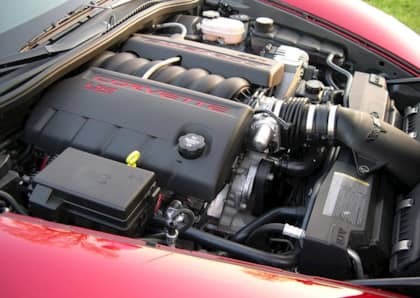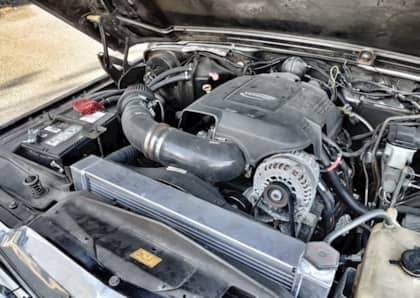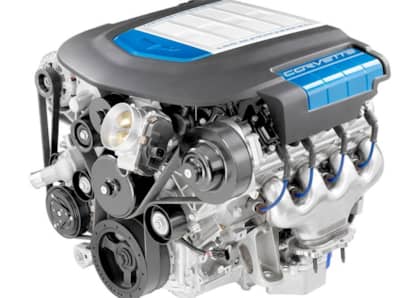LS vs. LT: Which V8 Is The Right Choice For Your Swap?
For nearly 20 years, GM’s LS engine family has been the go-to choice for builders looking to add V8 power to a project. Whether it’s an engine swap or a ground-up custom, the LS V8 runs the range from affordable, stock power plant to intriguing crate engine option to over-the-top beast that responds well to all manner of mods and power-adders.
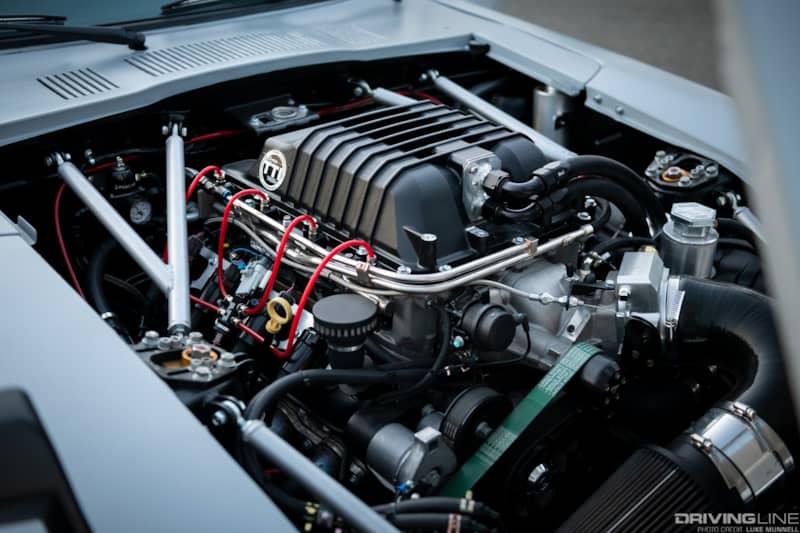
Starting in 2014, however, a new fifth-generation eight-cylinder motor began to find its way under the hoods of Chevrolet, GMC, and Cadillac vehicles. Dubbed the LT family, this motor brought substantial technological updates across the board, and over the next few years replaced the LS in all applications.
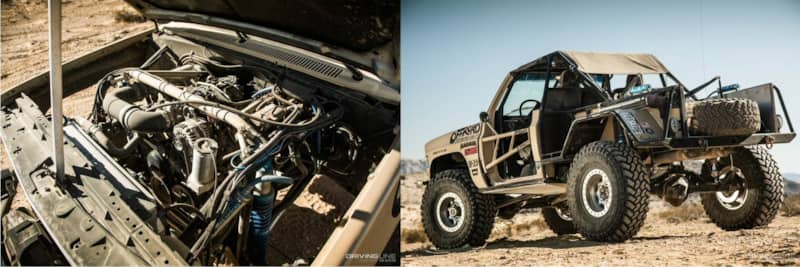
With nearly a decade having passed since the LT’s introduction, it’s become a hot swap option itself. There are now enough Gen V engines out there to at least make a go of competing against the Gen III and Gen IV LS, which begs the question: which of these engine families, the LS or the LT, is the best choice for your project?
Availability Tilts Towards LS
We’re just going to get this out of the way right at the beginning: with millions of full-size pickups and vans having been sold during the heyday of the LS engine, including Camaros, Corvettes, and assorted other high performance fare, there’s no doubt that it enjoys a sizable advantage over the LT when it comes to tracking one down. Scrap yards are full of LS engines waiting to be pulled, or at the very least cannibalized for parts, and that doesn’t even touch on the hundreds of thousands of still-running examples clogging up your local online classifieds.
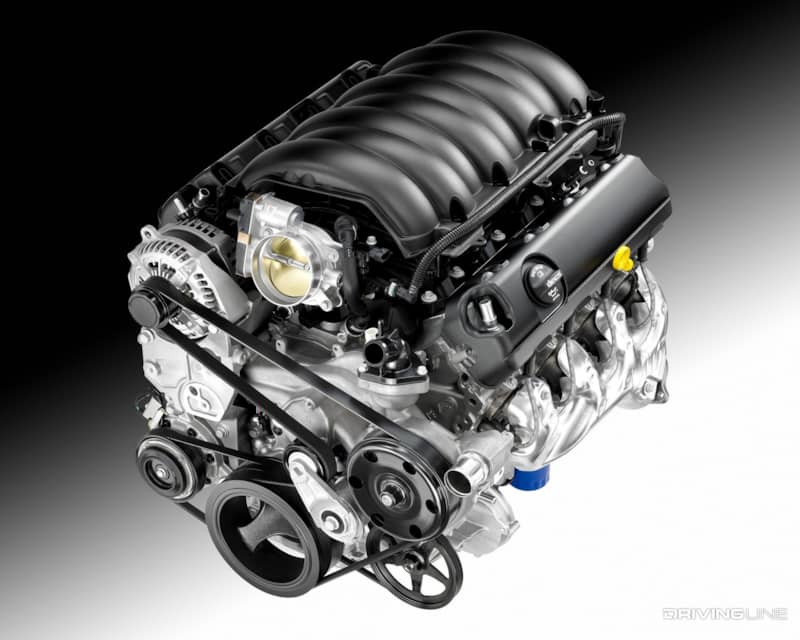
The LT engine, however, has also been a pickup standby for nearly the entire duration of its existence. While it might not ever catch up to the LS (depending on how much longer large displacement motors hang on to market share in America), it’s certainly not impossible to find on the used market.
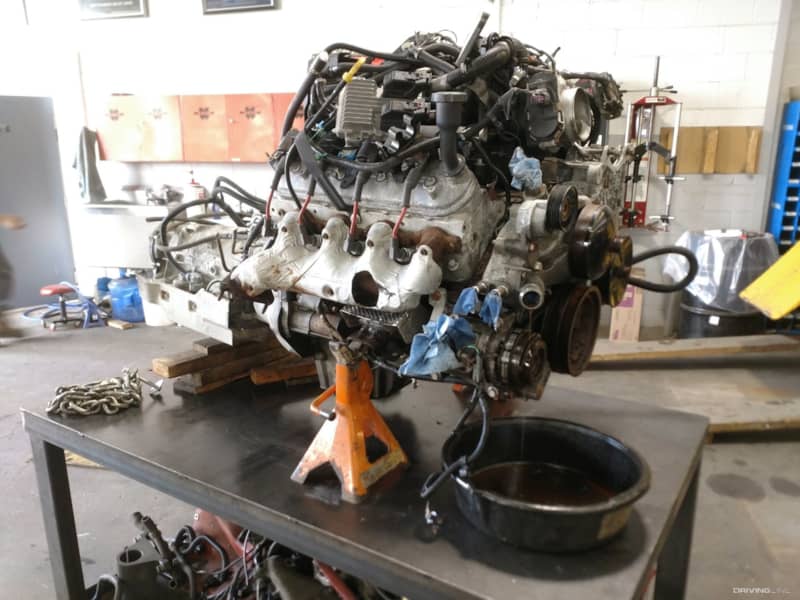
Still, especially when price is the key consideration, older and cheaper LS engines are always going to be kicking around, helping to push it past the LT for project builders.
Aftermarket Depth, Too
With so many more LS engines out there, it’s a logical extension that the aftermarket support is much greater as compared to the LT. Time and production volume have created a never-ending demand for parts, services, and expertise associated with the LS, and while the LT definitely has its stalwarts, there’s still a vast gap between the two engine designs in this area.
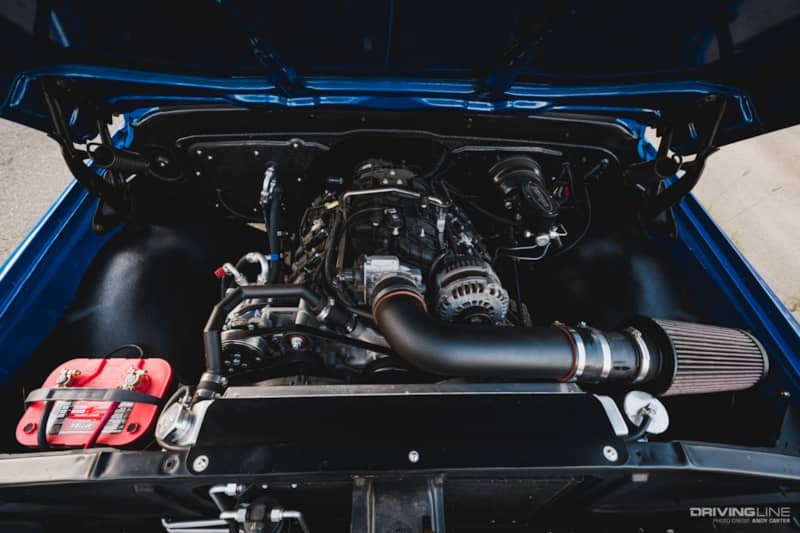
Another thing to consider when putting together a swap plan is the amount of institutional knowledge that surrounds LS engines. Chances are, even for more unusual platforms you’ll be able to find someone who has at least attempted the swap you’re considering, and you may even discover a community of like-minded individuals who are willing and able to help you with the very specific questions you’re likely to come up with during your build. The pool of experienced LT swap experts is considerably smaller, and might not be able to help you with the more esoteric aspects of your project.
Lower Tech vs. High-Tech
It’s not fair to call Gen III LS engines “low tech,” given that they feature modern electronic fuel injection systems, coil-on-plug ignitions, and a number of other reliable and tuneable engine controls.
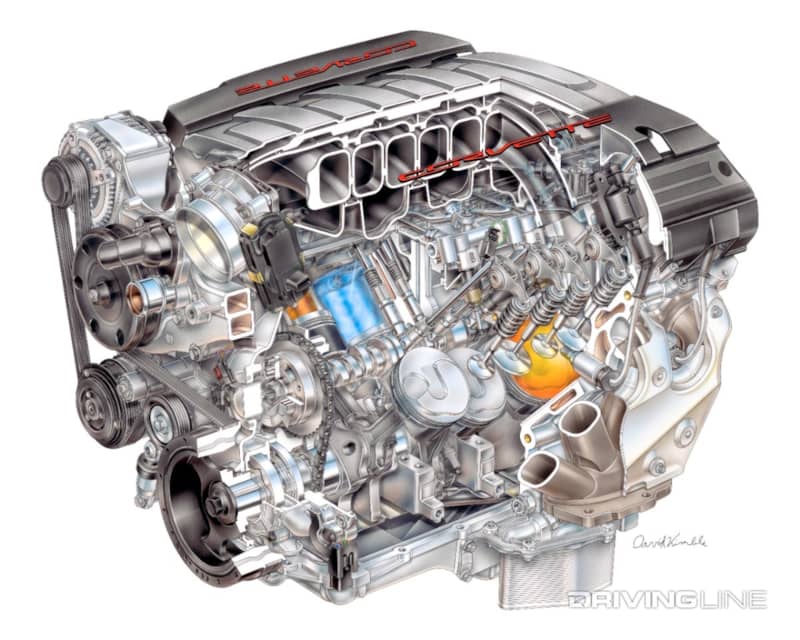
It’s perhaps more accurate to say that the earliest of LS engines lack some of the more sophisticated features that can trip up builders using Gen IV or LT motors. Specifically, you won’t find cylinder deactivation (also known as active fuel management) or variable valve timing, two systems known to be prone to failure on General Motors engines. Nor do any LS motors have direct fuel injection, which can be an additional point of failure on the LT.
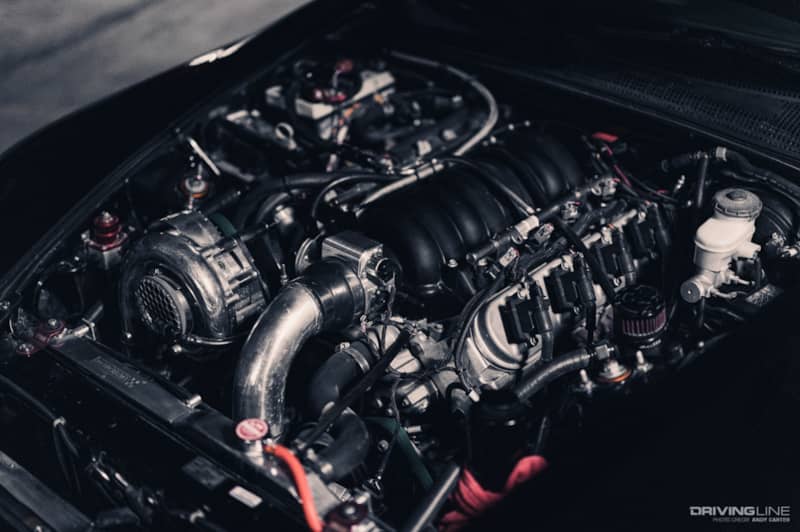
Is it possible to delete AFM and VVT from a Gen IV LS or a Gen V LT? Of course, but it adds expense and complication to build, as you have to make a number of modifications to the valvetrain and camshaft, not to mention reprogram the ECU to deal with it. If you’re looking to use aftermarket engine management, chances are this won’t be negotiable, and both of these systems will have to go in order for you to maximize power and reliability from your build.
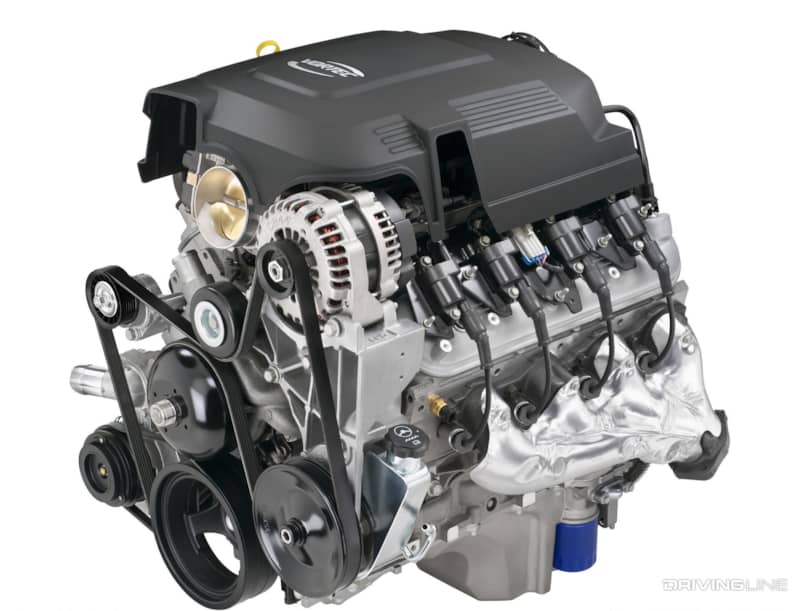
At the same time, it would be wrong to discount all of the LT engine’s tech advancements as being problematic. The materials science that went into building these motors (including stronger blocks compared to the LS), the additional oil sprayers, the power potential associated with direct versus port fuel injection, and a number of other updates make the LT very appealing when building for power.
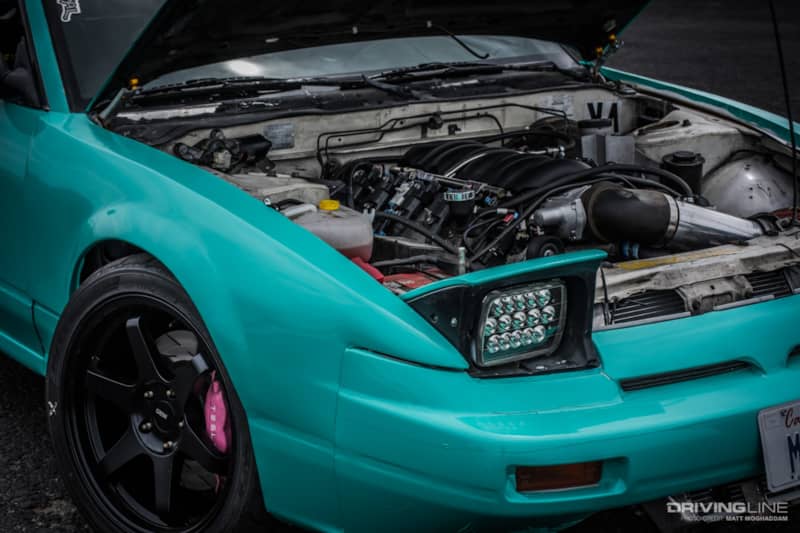
Overall, knowing what you’re trying to achieve with your engine swap project will help you make the best choice in terms of which path to take to your end goal.




